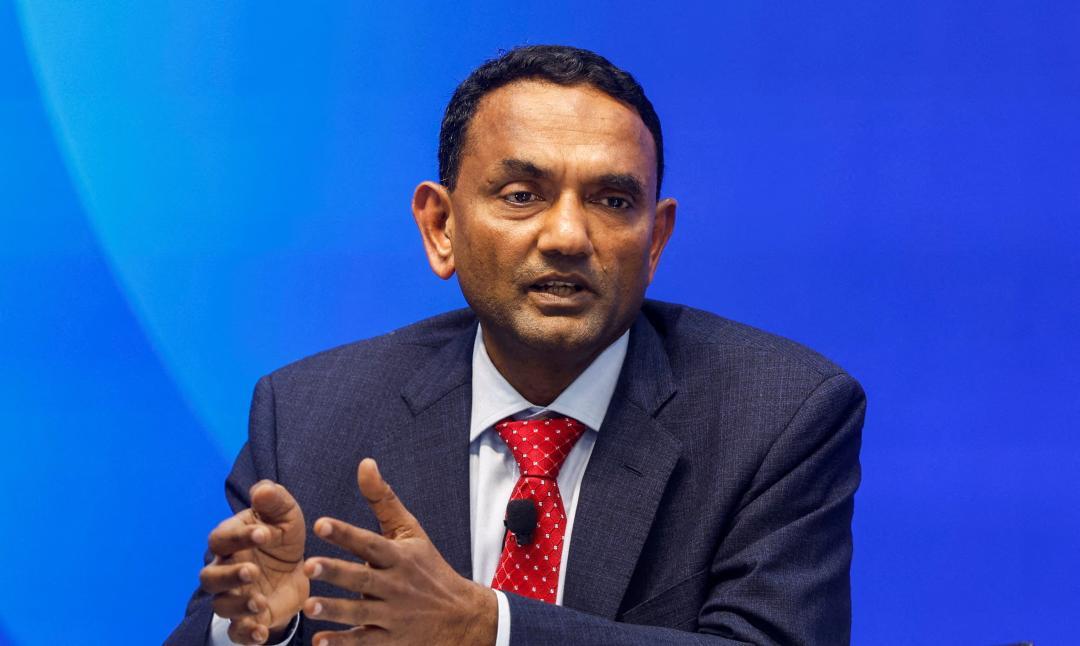
TCS CEO Explains Why the Company is Laying Off 12,000 Employees
In a recent interview, TCS CEO K Krithivasan opened up about the company’s decision to lay off 12,000 employees, citing the need for a skill shift in the industry. The company is undergoing a significant transformation, driven by the rapid adoption of new technologies, particularly AI. In this blog post, we will delve into the reasons behind TCS’s decision and what it means for the future of the company and the industry as a whole.
According to Krithivasan, the layoffs are not a reflection on the employees who are being let go, but rather a necessary step to build a stronger, more agile company that is equipped to thrive in the rapidly changing technology landscape. “We have to have the right skillsets to work in the future,” he emphasized.
The layoffs are focused on areas where there is a skill mismatch, or where the company has been unable to deploy employees effectively. This is a common theme in the industry, as companies struggle to find and retain talent with the skills they need to compete in an increasingly digital world.
TCS is not alone in this struggle. Many other companies in the industry are also undergoing significant transformations, driven by the need to adapt to new technologies and changing market conditions. This includes companies of all sizes, from startups to established giants.
So, what does this mean for the future of the industry? In short, it means that companies will need to be more agile and adaptable than ever before. They will need to be able to quickly adjust to changing market conditions and adopt new technologies in order to stay ahead of the competition.
This is a challenging and complex task, but it is one that companies must rise to in order to succeed. It will require significant investment in training and development, as well as a willingness to take calculated risks and adapt to changing circumstances.
In addition to the layoffs, TCS is also investing heavily in new technologies, including AI and automation. This is a key part of the company’s strategy to build a stronger, more agile organization that is equipped to thrive in the future.
AI, in particular, is a key area of focus for TCS. The company is investing heavily in AI research and development, and is working to integrate AI into its business operations in a number of different ways. This includes using AI to automate routine tasks and free up employees to focus on more complex and creative work.
Automation is also a key area of focus for TCS. The company is working to automate a number of different processes, including customer service and data entry. This will help to improve efficiency and reduce costs, allowing the company to invest in other areas and drive growth.
In addition to its investment in new technologies, TCS is also focusing on building a stronger, more diverse workforce. This includes a greater emphasis on hiring and retaining women and minorities, as well as providing opportunities for employees to develop new skills and advance in their careers.
Overall, TCS’s decision to lay off 12,000 employees is a difficult but necessary step in the company’s transformation. It is a testament to the company’s commitment to building a stronger, more agile organization that is equipped to thrive in the future.
As Krithivasan said in the interview, “We had to take a difficult call to build a stronger TCS.” This is a challenge that companies across the industry will need to rise to in order to succeed in the rapidly changing technology landscape.
In conclusion, TCS’s decision to lay off 12,000 employees is a significant step in the company’s transformation. It is a reflection of the need for companies to adapt to changing market conditions and adopt new technologies in order to stay ahead of the competition. As the industry continues to evolve, companies will need to be more agile and adaptable than ever before. This will require significant investment in training and development, as well as a willingness to take calculated risks and adapt to changing circumstances.
Sources:






